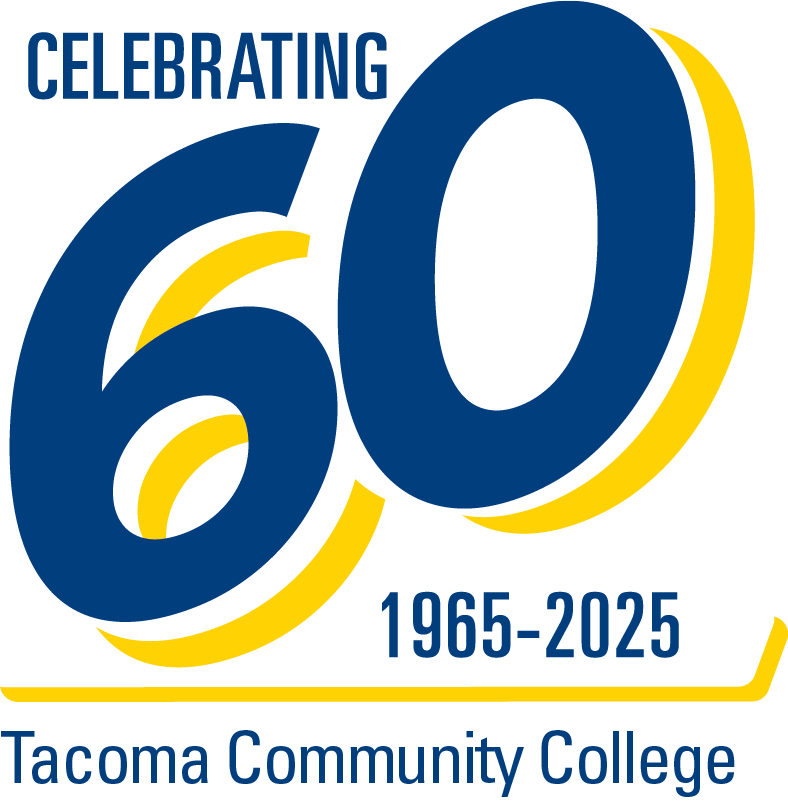Whole Student Support
Academic Support and the TCC Library & Resource Center
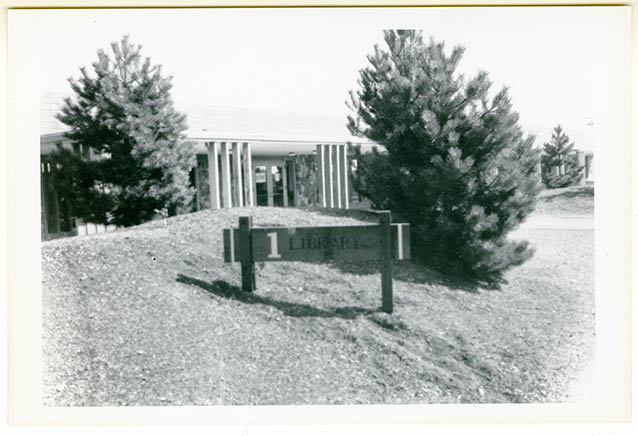
The Pearl A. Wanamaker Library and Resource Center (LRC) was dedicated in 1966, honoring educator and official Wanamaker for her years of service for public education. In planning the new college, the library was situated at the center and originally numbered Building 1,113 highlighting its essential role as “the heart of the campus.”114 The LRC serves broad student needs with a multimedia library collection of academic and popular materials, and with various laboratories giving students room for assisted and self-serve learning opportunities, making this space an integrated information center addressing both academic and personally relevant needs.
In the early years of the college, these facilities included a graphics center, darkroom, television studios,115 a Typing Lab (which in 1970 featured typewriters for completing assignments and other work), Basic Study Skills Lab,116 Ethnic Studies Lab, Math Lab, and Listening/Language Lab. Later facilities included the CAL (Computer Assisted Learning) Lab, the DIAL (Drop-In Assistance Learning) Center, and other specialized tutorial spaces. In the early 1980s, the library was the recipient of one of 200 Kurzweil Reading Machines thanks to a grant from the Xerox Corporation, giving students and public users with vision impairments greater access to library materials.117 New student services often first found their home in the LRC as they were created to meet student needs, then expanded into other spaces as they grew and evolved. This included the Multi-Cultural Student Services Program, which began in 1989 and later became the Center for Multi-Ethnic/Cultural Affairs (MECA), and the Adult Learning Center (previously the DIAL Center), supporting Adult Basic Education, GED and high school completion programs, and other individualized pre-college programs.118
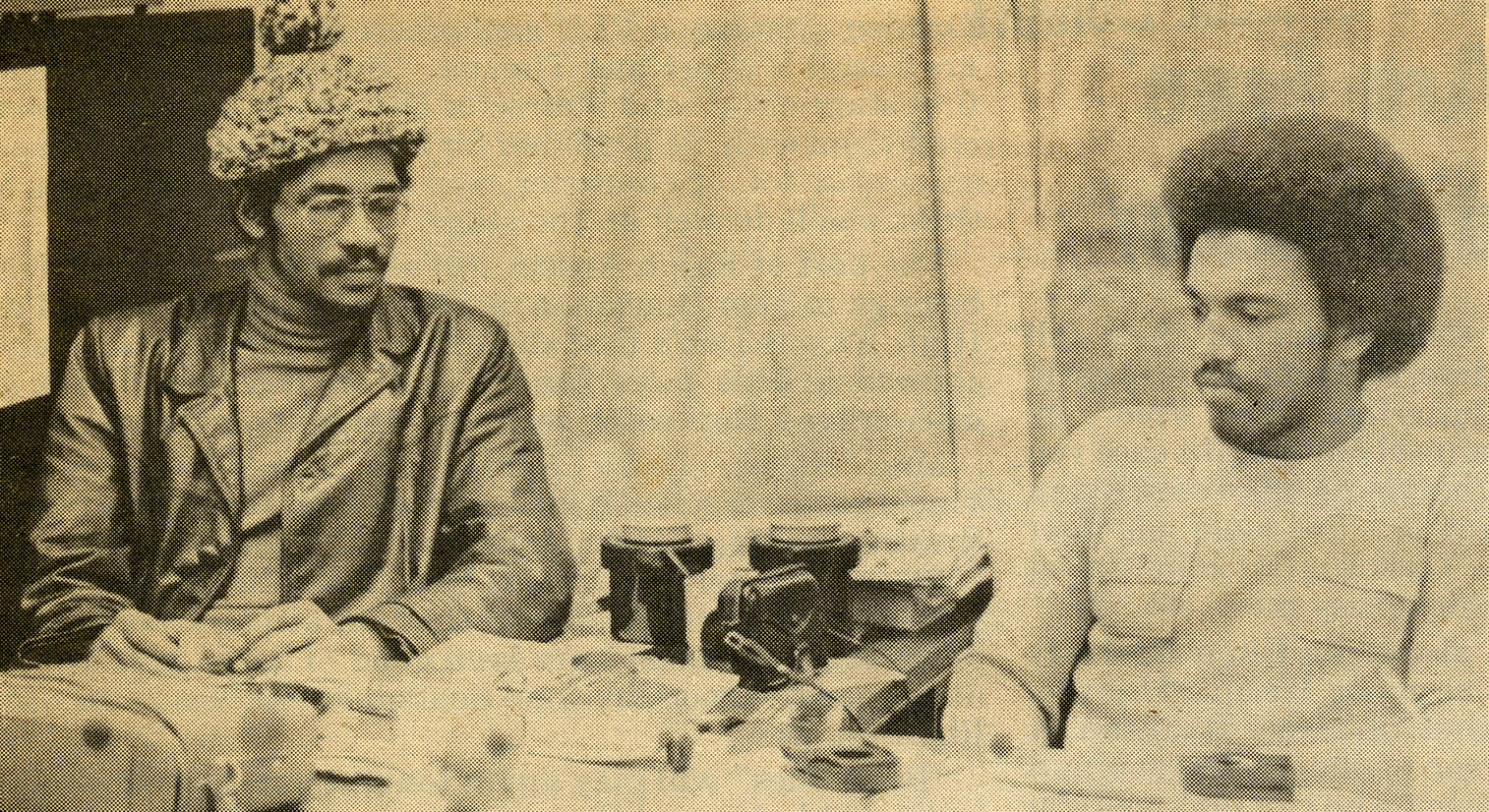
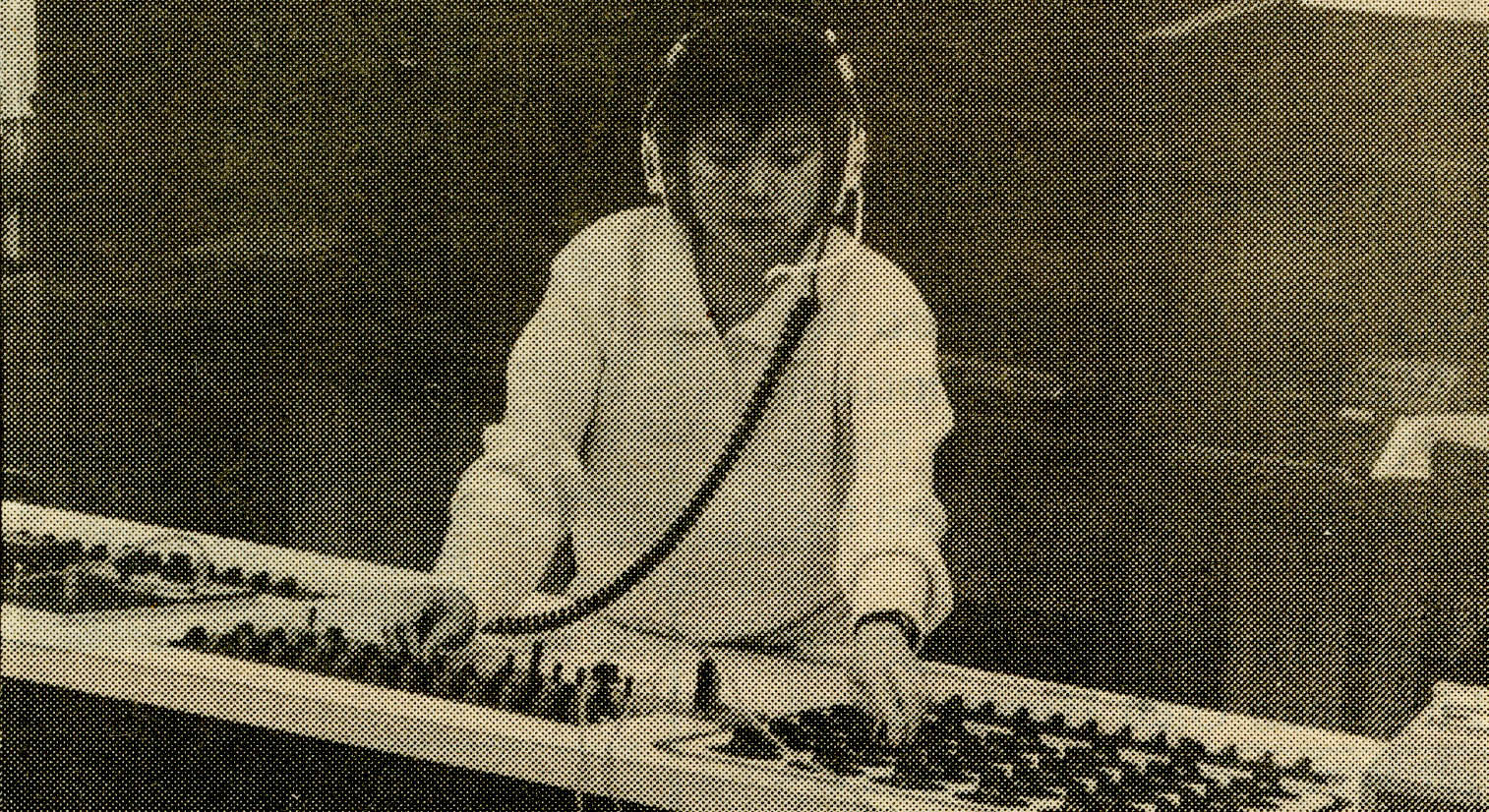
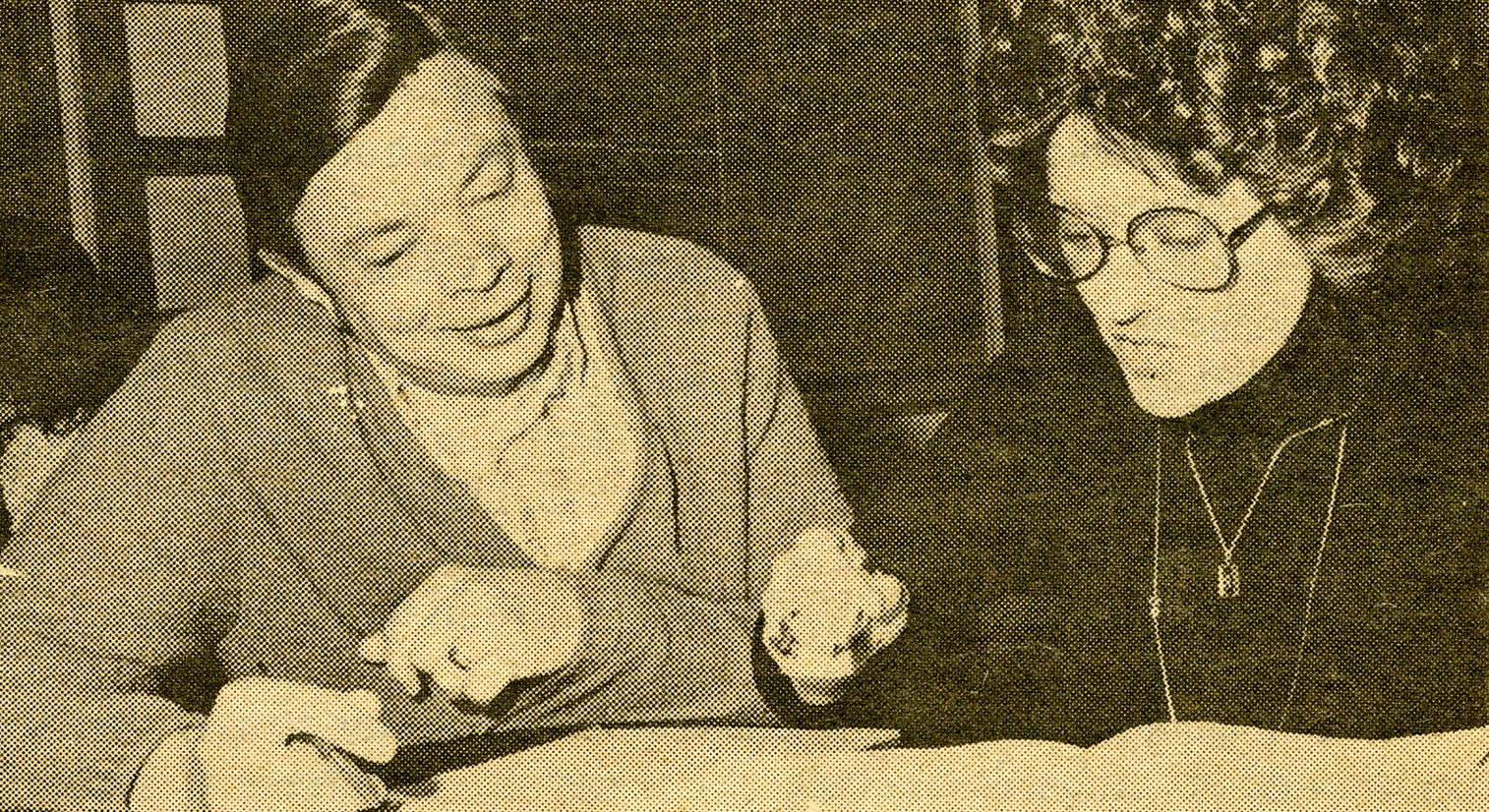
Ethnic Studies Lab
The Ethnic Studies Lab was a direct result of Black student advocacy in 1969 and opened in the fall of 1970 under the leadership of Director Larry McIntosh with student assistants from Black student group the Obi Society.119 The lab served as a mixed-use cultural space, cultivating a multimedia resource collection and room for individual study, tutoring, and discussion.120 At the time of its opening, the lab was unique in Washington,121 and its film collection quickly became a popular and essential lending library not only to TCC classrooms but also to other colleges around the state.122
Listening/Language Labs
The Listening Lab was an original component of the LRC, serving as a space to interact with the college’s audiovisual collections, which not only included language tapes to support learning in English as a Second Language (ESL) and foreign languages, but also recorded lectures, literature, and music.123 In 1980, philosophy instructor Devon Edrington developed tapes to help students relax and to reduce testing anxiety.124 125 These audio collections continued to support language learning and music appreciation into the early 2000s.
Math Lab
Under the leadership of math instructor Richard Spangler, TCC math courses were offered in the Math Lab in a self-paced format, allowing students with differing needs and abilities to move more quickly through their programs and/or obtain individual assistance with their learning.126 Smaller versions of the lab were also present at the specialized campuses of McNeil Island Penitentiary, McChord, and Fort Lewis.127 The TCC Math Lab inspired the creation of similar labs at numerous community and four-year colleges including Lower Columbia College and Seattle Pacific University.128
Personal Support and the TCC Child Care Center
In Spring 1970, the student government proposed the creation of a day care center for parent students and after unanimous support by the student senate, began exploring interest and needs.129 Getting the center established was contingent on compliance with state licensing and adequate funding,130 and there were several starts and stops at studying feasibility and interest.
Needing a more immediate solution, an off-campus child care center was established in Fall 1974.131 In addition to ongoing funds from the Associated Students government,132 the center was heavily assisted by donations from local businesses, schools such as Bates Technical, and parents.133 Offering extremely reduced rates,134 the center also had no-cost registration with approval by the Department of Public Assistance,135 and sliding scale or adjusted fees based on income or participation in the cooperative model.136 The latter was entirely unique in Washington state at the time, and involved parents contributing to work at the center, participating in parenting classes, and committed to a special project with their children.137
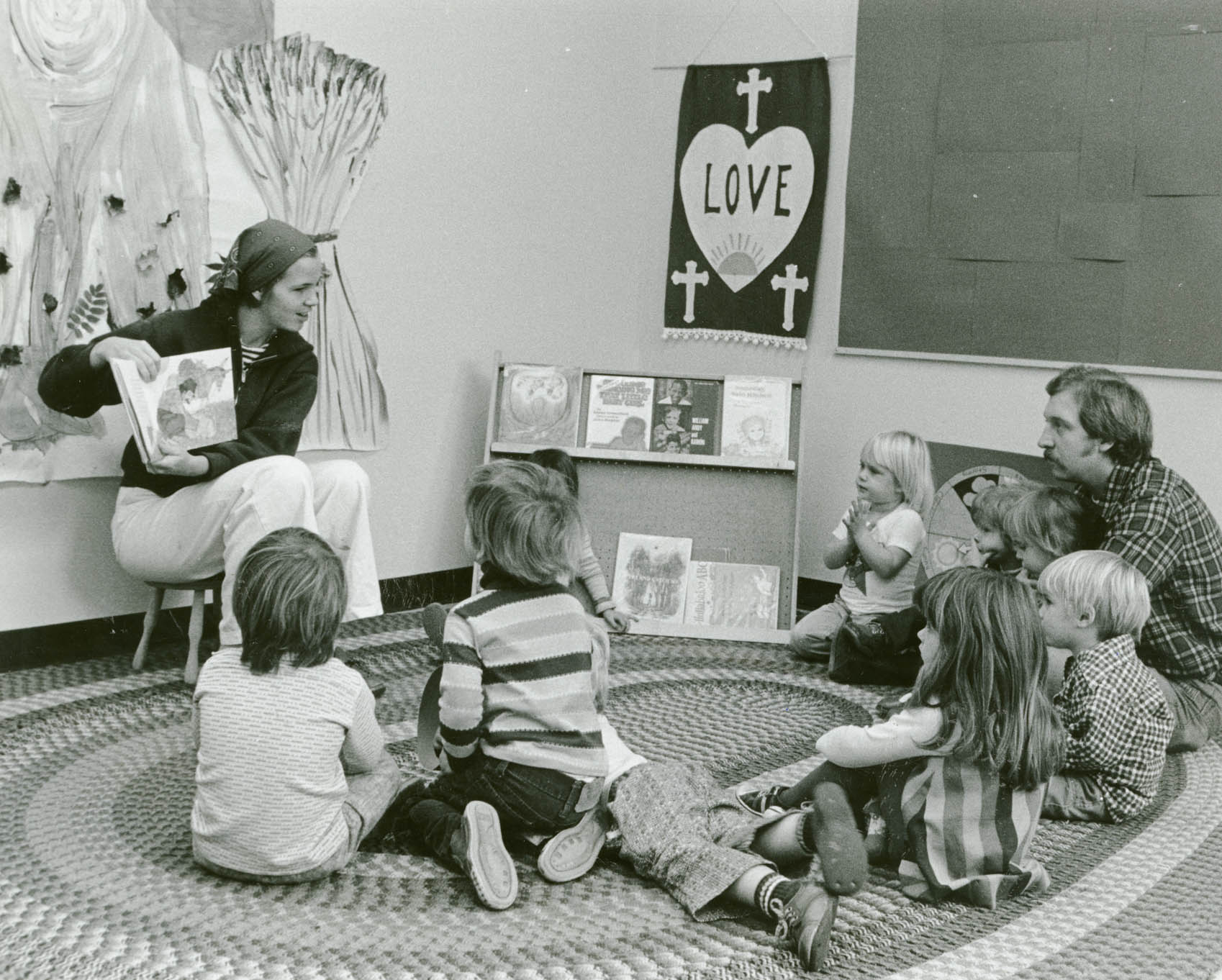
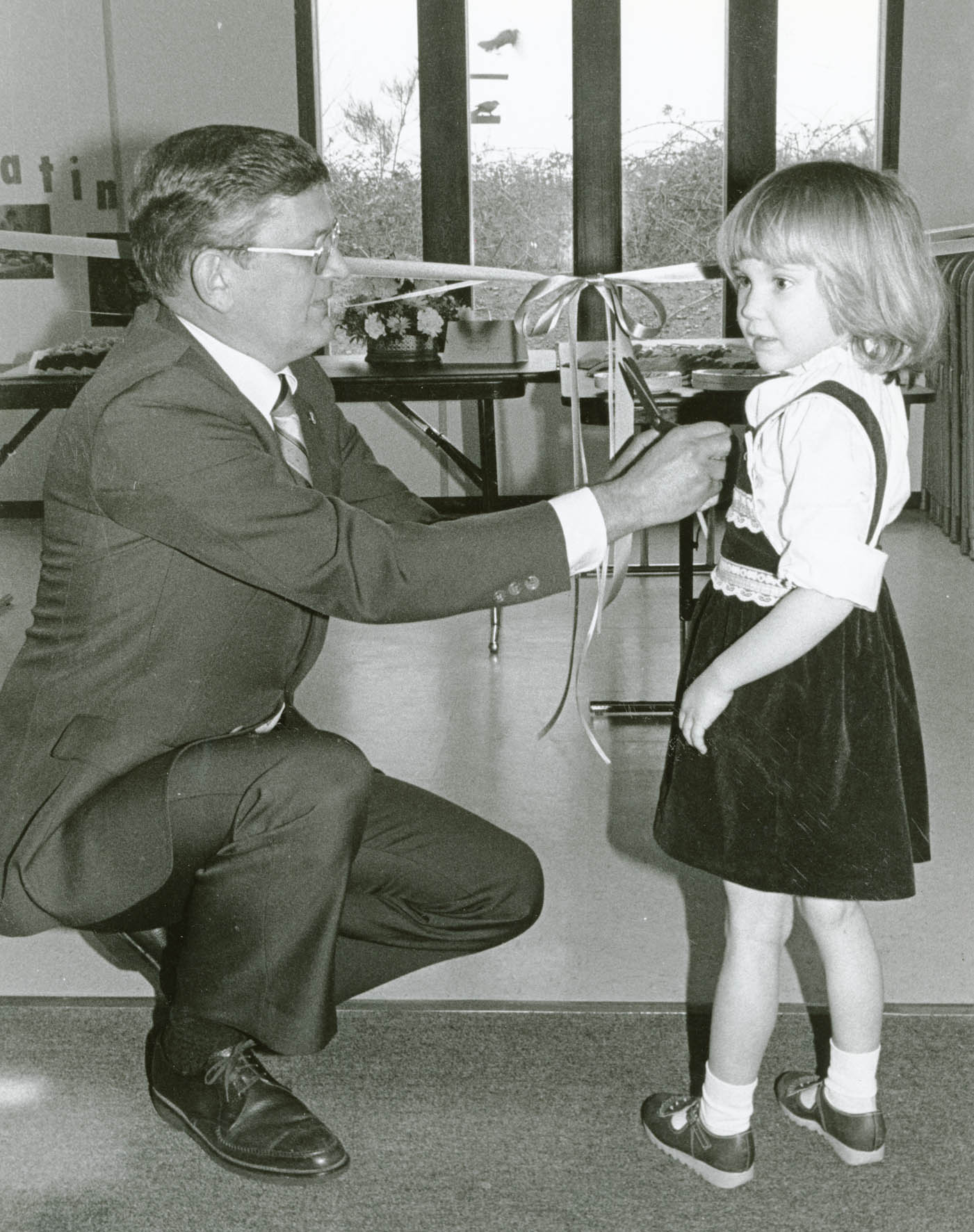
Construction of an on-campus facility at last began in Fall 1981,138 with 1981 student president Anastasia Armourer and Dean of Student Services Dr. Priscilla Bell credited as finally making the on-campus move a reality.139 By 1995, the center’s parent education courses were made an enrollment requirement.140 Also in the 1990s, faculty and staff were permitted to enroll their children as space allowed, but students continued to have first priority for available spots.141
With the continuing growth of the college and employee interest and need for child care, TCC began planning for a new center. Goals for the new facility centered around increased capacity, more specifically in terms of accommodating a wider age range of children, increased spaces for employee's children in addition to students', and dedicated classrooms for the early childhood education program.142 Even before its grand opening in October 2008, the center was fully enrolled.143 At its dedication, the building was revealed to be named the Annette Weyerhaeuser Early Learning Center after the campaign honorary co-chair and long-time supporter of TCC.144
